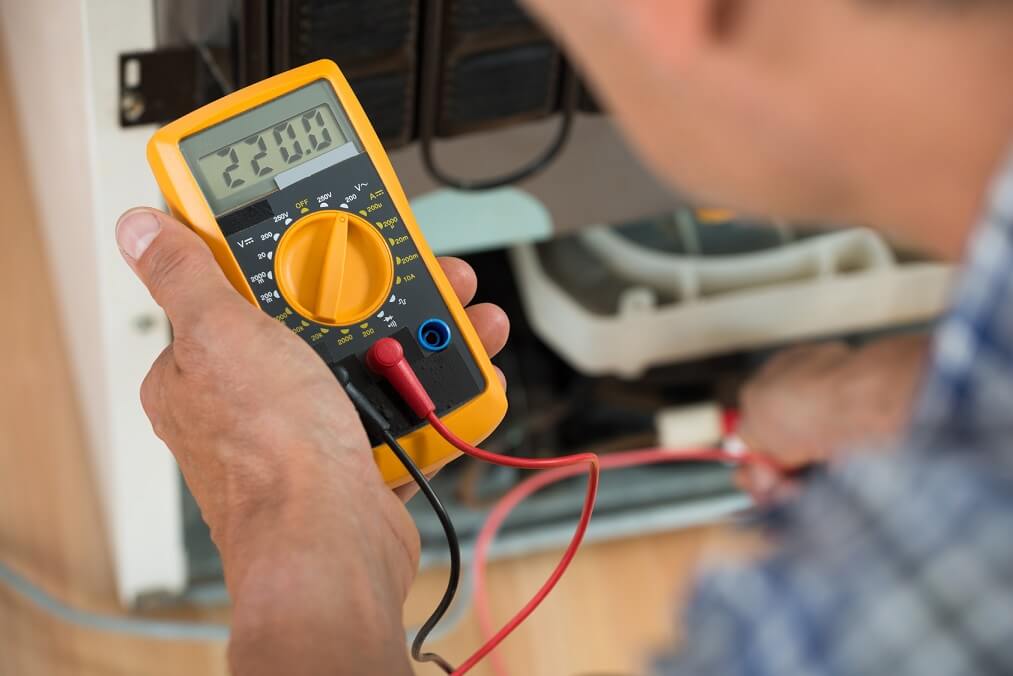Multimeters are the all-rounders of the measuring device world. They can be used in a multitude of ways. Most multimeters are also hand-held devices and can therefore be used when stationary or on the move. The guide sets out what types of multimeters there are, what they can do and what the various measurement categories mean.
Measure up quick: Which tasks are multimeters suited to?
In order to explore how multimeters can be used, we first need to distinguish between the various types. Analogue multiple measurement devices equipped with needle and scale have been around for almost a 100 years.
Digital devices with numeric display have been around for half that amount of time. Digital multimeters have largely but not completely replaced analogue ones. Analogue multimeters will continue to be produced and used both in the affordable and high-end device sectors.
While the digital display makes it easier to read exact readings, the display with needle and scale makes it easier to determine the size of the reading more quickly as well as to detect trends. For this reason, some digital multimeters are equipped with a bar display or graphic display featuring an analogue display with needle and scale.
Voltage, current, resistance: What are multimeters capable of?
Multimeters measure both DC and AC current and voltage, and resistance. Other possible additional features:
- Continuity testers will produce a sound when the resistance is small. You do not need to look at the display to see if two measuring points are connected electronically.
- Diode and transistor testers check the function of the relevant electronic components.
- To measure capacitor capacity.
- To measure frequency, 50 Hertz of mains voltage for example.
- To measure temperature, air humidity, brightness.
- To measure the pH value of liquids.
Special types of multimeters and areas in which multimeters can be used
Most multimeters are equipped with either sockets to connect two measuring lines or have permanently connected measuring lines. With pin multimeters, a measuring needle is integrated directly in the slim housing. This makes the measuring device easier to operate at inaccessible places where there isn’t enough space to place a conventional multimeter.
Clamp multimeters can measure currents without needing to create an electrical contact to the power cables. Clamp multimeters are therefore particularly suited to measuring higher voltages.
The areas of application of multimeters are categorised according to DIN IEC 61010-1. Measurement categories I and II are of significance to amateur users, whereby a measuring device from the higher category can be used in a lower one but not the other way round:
- CAT I: Measuring devices with no connection to the mains power supply (e.g. battery-powered).
- CAT II: Measuring devices connected to normal, single-phase household mains power supply.
- Cat III: Measuring in the range of distribution boxes and three-phase installations.
- Cat IV: High current applications.
Image source: Fotolia / 96318531 / Andrey Popov













